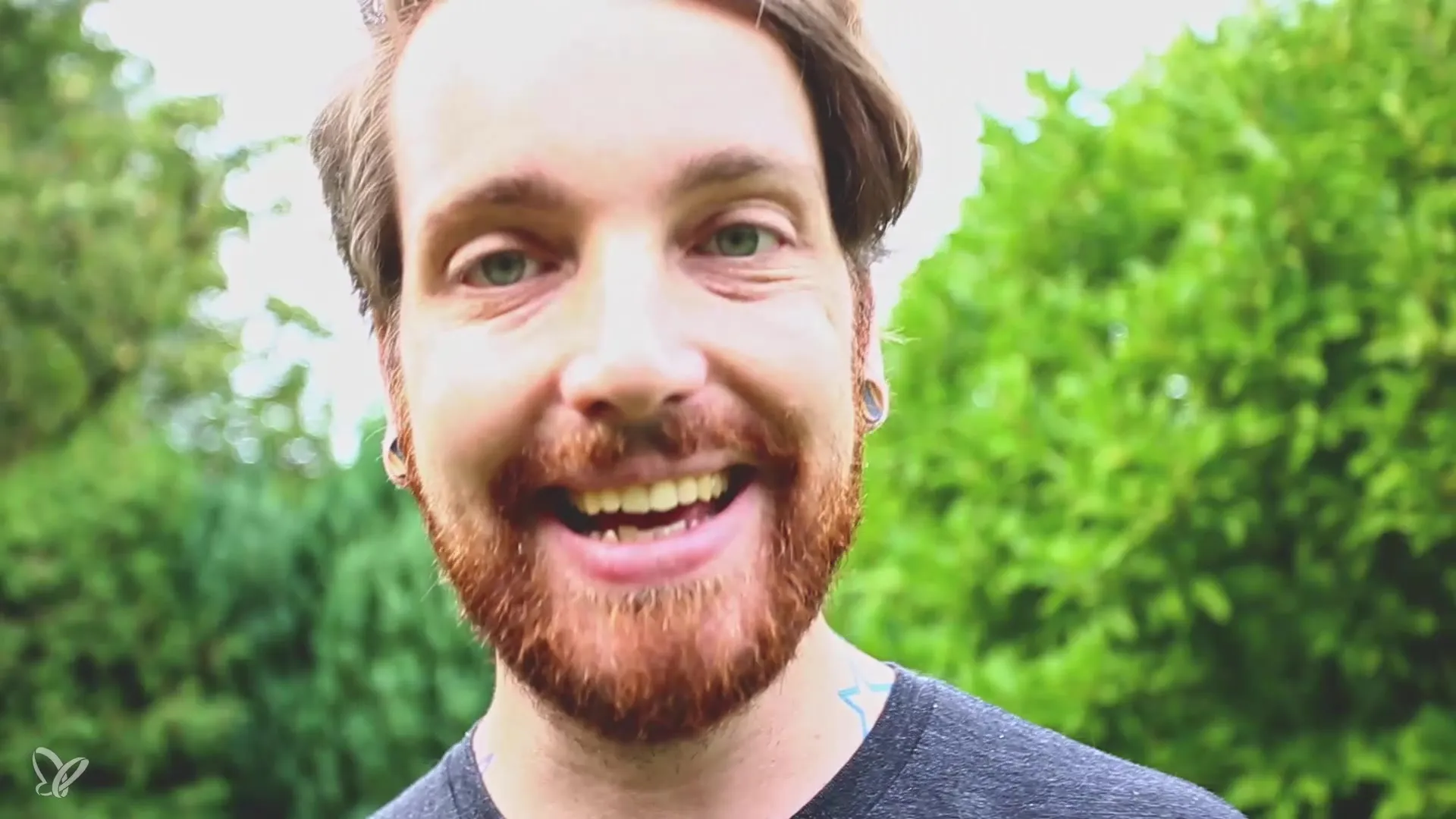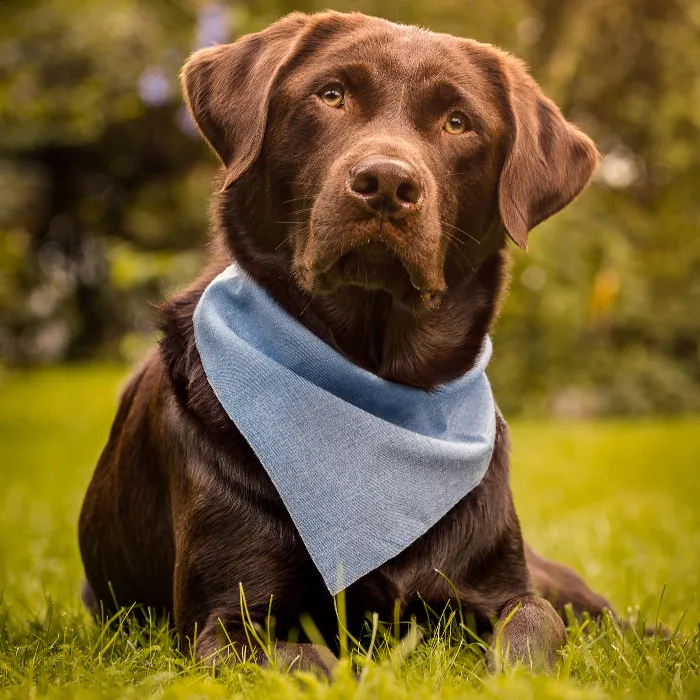Photographing dogs in motion is an exciting challenge that requires much more planning than one might initially assume. If you want to skillfully capture your dog's movements in the open air, it is crucial to understand the environment and strategically consider where and how to approach the shoot. This includes not only choosing the right location but also having a clear direction in which the dog should run. In this guide, you will learn how to prepare effectively and create engaging dog photos.
Key Insights
- Comprehensive knowledge of the environment is essential.
- The dog owner should always be involved in the strategies.
- Pay attention to lighting conditions to avoid overexposed photos.
- A controlled direction of the dog's movement improves photo quality.
Step-by-Step Guide
Before photographing your dog in motion, it is important to carefully examine the surroundings. Take note of elements that could affect the image. Make sure to analyze the positions of the sun and shadows beforehand. This supervision of the environment can determine the quality of your shots.
Once you are familiar with the surroundings, think about where exactly the dog should run from. It is helpful to assign the dog a spot from which to start while you get into position. When the dog knows its starting point, you can much more easily control the direction.

One very effective strategy is to get the dog into a sitting position while you move away from it. Then, when you have the dog run towards you, you have control over where the dog is coming from. This method allows you to optimally set the timing and shooting position.
If you are working with another person or the dog's owner, this can further improve the process. The other person can serve as a lure, causing the dog to run past you from the side. By standing to the side, you have the opportunity to better capture the movement. The dog will focus on your location, and you will have control over the movement flow.
Keep in mind that lighting conditions and shadows should always be considered. For example, if the dog runs from a shady area into full sunlight, this can cause exposure problems. To avoid overexposed photos, be mindful of how the lighting changes during your shoot.
A proactive consideration of how you guide your dog is also advisable. Keep your dog in a position that allows you to steer the direction. Think in advance about which positions are best suited to optimally place the dog in the frame and avoid distracting elements in the background.
Finally, it is important that you try to control the shoot and the movements of your dog as much as possible. A good photo is not only created by luck but through structured action and targeted planning. The key to a successful dog photo shoot lies in preparation and the ability to actively control the dog's movements.
Summary – Step by Step: Dog Photos in the Open Air – Preparing the Shoot with Movement
The art of creating dog photos in the open air requires a lot of preparation and strategic thinking. By controlling the direction of your dog's movements and paying attention to lighting conditions, you can capture engaging and dynamic images effectively. With the right methods, a moving subject can also be captured effectively.
Frequently Asked Questions
What is the most important step in preparing for a dog photography shoot?Knowledge of the environment is crucial for obtaining good photos.
How can I control the direction of my dog's movement?By having it sit and moving away from it, then running towards it.
Why are lighting conditions so important?They affect the exposure and quality of your shots.
How can I work with another person to get better photos?The other person can serve as a lure so that the dog runs past you intentionally.
What is the advantage of avoiding distracting elements in the background?This places more focus on the dog, making the composition of the image more appealing.


